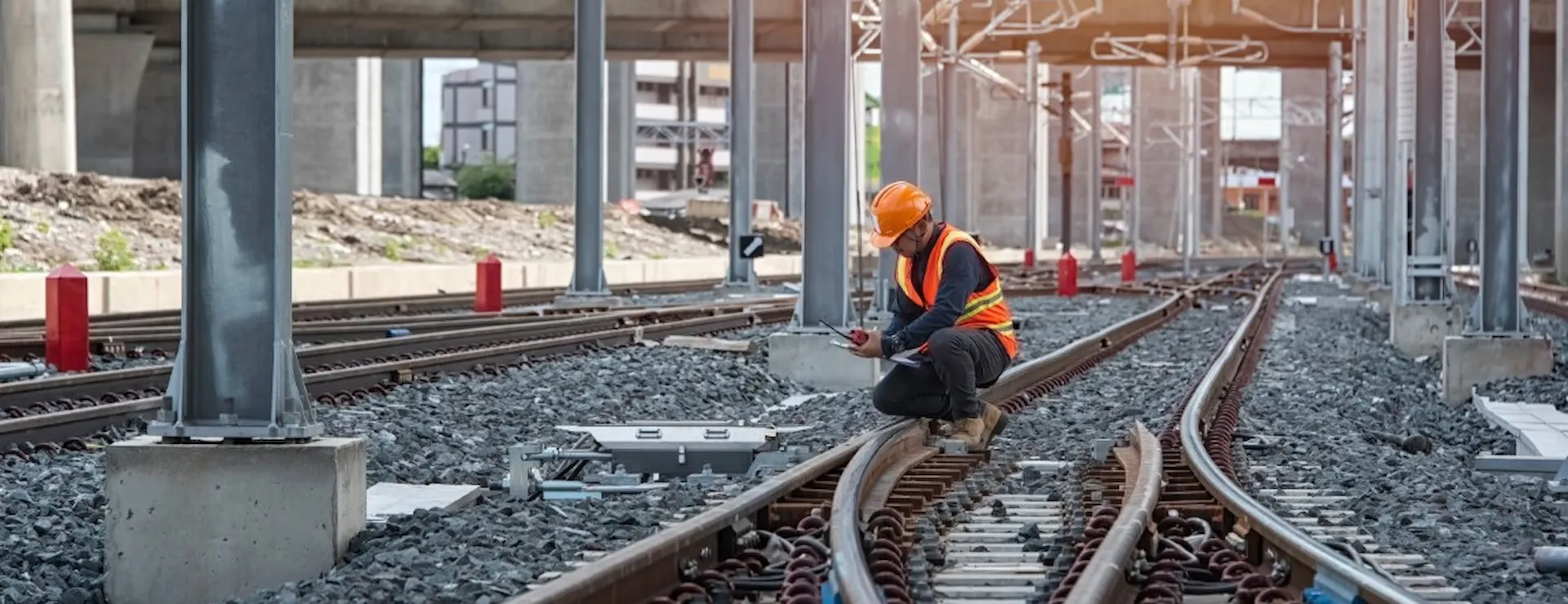
Advancing rail safety: DNV launches guide to implementing ERA rail safety and risk management recommendations
OSLO : A new report from DNV details a practical methodology for integrating the European Union Agency for Railways (ERA) recent safety guidance and regulations into day-to-day rail operations. The report outlines the importance of workforce engagement, and the role digital tools play in implementing the ERAs guideline, enabling a systematic approach to risk management that can take rail safety in Europe to the next level.
To help rail operators navigate that challenge, the ERA recently introduced guidelines for a structured approach to managing safety risks. This guidance is framed through various regulations, notably its Common Safety Methods (CSMs), which include detailed protocols for risk evaluation, safety management systems and conformity assessment.
DNV’s new report, Advancing rail safety: integrating ERA’s Common Safety Methods, explores how to incorporate the ERA’s guidelines and Common Safety Methods in daily rail operations. The report identifies the seven vital components of an effective safety management system and outlines a framework for robustly assessing safety within a rail network.
Fast, efficient and safe rail transport is an essential element in an effective public transport infrastructure for Europe, and a vital part of efforts to reduce carbon emissions. But as we ask more of our rail networks, maintaining high safety standards becomes both more critical and more challenging than ever.
Despite vast improvements year-on-year, the new ERA guideline means rail stakeholders will now be required to report more proactively and drive continuous improvement of rail safety within their remit – keeping up and reporting on their management systems more thoroughly and in real time. With up to 3,000 significant accidents including fatalities and serious injuries on EU railways in 2022, safety monitoring in the past has been traditionally static.
“Historically, the railway industry implemented a static approach to railway safety, where the ERA extrapolated decentralized data from a wide range of stakeholders to get an overview of safety performance,” commented Geir Fuglerud, CEO – Supply Chain & Product Assurance at DNV. “To be compliant, rail operators will now however have to report systematically and proactively within their railway safety remit to demonstrate their railway safety picture more dynamically. Failure to do so could come at a great cost to operators. As such, railway operators are looking for support on enhancing their safety performance and operational efficiency.”
“Efficient, safe rail networks are critical to Europe’s vision of a connected, low-carbon future. By incorporating the ERA guidelines, rail systems can ensure robust risk management and safety performance. DNV’s advanced Synergi Life software, comprehensive safety assessments and expert advisory services support rail professionals in this effort, helping enhance compliance, streamline safety processes, and foster a proactive safety culture,” added Jorge Aldegunde, Global Technical Manager, Supply Chain & Product Assurance at DNV.
DNV will also be discussing the report and rail safety at InnoTrans 2024 in Berlin, Germany, from 24 to 27 September.
